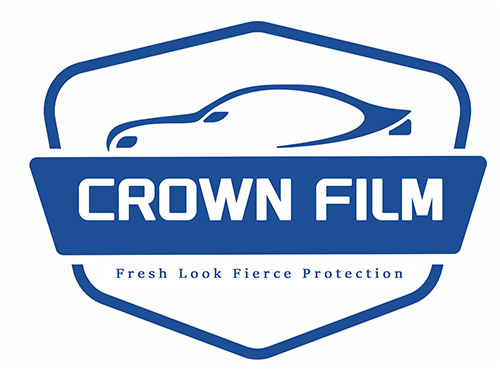Window Film
What is the best car window film for heat reduction?
Under the scorching sun, applying window film to your car can help reduce the temperature inside while parked and prevent drivers from getting overly tanned while driving. So, what types of car window films are available?
First, let me introduce to you the types and functions of window films. After understanding the types and functions of window films, you will know which window film is suitable for you.
Dyed Film This type of film is made by applying dye between two layers of PET (polyethylene terephthalate) substrate. It has a soft texture and provides some UV resistance and heat insulation. Due to its low cost, it is relatively inexpensive and commonly found on the market. However, its heat insulation effect diminishes quickly, and it can easily fade (often turning purple) with prolonged exposure to light. Because the adhesive layer of dyed film contains dye, bubbling may occur, potentially affecting the air quality inside the car and compromising driving safety. If you notice your car’s film has changed color or developed bubbles, it’s time to consider replacing it.
Non-Dyed Film: This type of window film does not contain any organic dyes. Currently, optical-grade PET films come only in gray or colorless polyester; other colors of PET films must be achieved through dyeing. The characteristics of non-dyed films include a pleasant texture, resistance to fading, and a long shelf life.
Metal Film achieve heat insulation by reflecting visible light and are available in single-layer and multi-layer varieties. They are characterized by high reflectivity or a mirror-like appearance due to metal coating, which can enhance the vehicle’s exterior look. However, they lack spectral selectivity, offering high transparency but limited heat blocking. Additionally, metalized films can interfere with mobile signals or GPS reception inside the vehicle.
Precious Metal Film As the name suggests, this type of film is produced by coating a clear base layer with precious metals such as chromium, titanium, or platinum. Unlike standard metalized films, this uses a more complex process called “magnetron sputtering.” The characteristics of precious metal films include a more natural color compared to regular metalized films, along with excellent light transmission and heat insulation.
Nano-Ceramic Film achieves heat insulation by absorbing heat directly. Compared to single-layer metal films, it offers somewhat lower overall heat control but has a stronger heat absorption capacity. It is spectrally selective, meaning it absorbs far-infrared rays more effectively and provides better light transmission than metal films. However, the heat absorption capacity of nano-ceramic film has a limit; prolonged exposure to intense sunlight can diminish its heat insulation performance.
Differences in Heat Insulation Experience with Window Tints
In terms of real-world experience, reflective films provide more lasting and stable heat insulation. No matter how long the car is exposed to the sun, these films maintain their rated insulation efficiency.
On the other hand, heat-absorbing films perform very well initially, as they absorb all incoming infrared heat. However, over time, as the ceramic particles in the film reach their heat capacity limit, the insulation performance gradually decreases. In fact, the film itself can become a heat source, releasing heat into the vehicle cabin.
Tip: A Common Misconception
Even if a vehicle is parked outdoors in intense sunlight, no matter the type or quality of window film, it cannot completely prevent the cabin from heating up—heat-insulating films only slow this process. This is because window tints cannot fully block visible light from entering, and heat can also be conducted into the cabin. Therefore, to keep the interior cooler, it is best to park the vehicle in a shaded area whenever possible.
